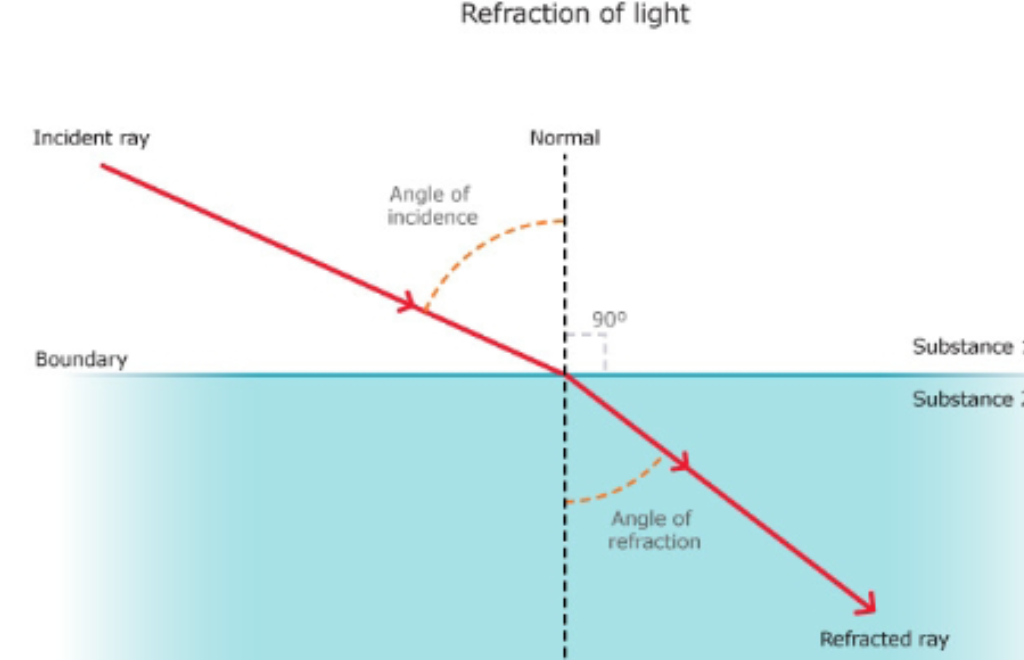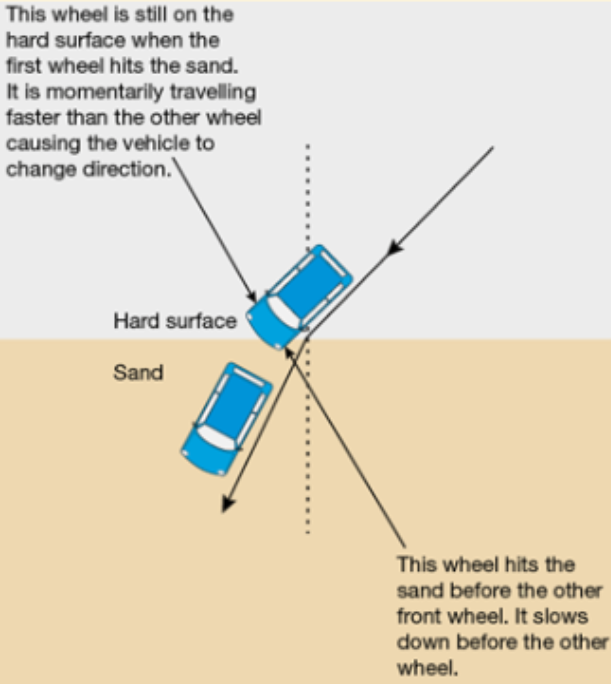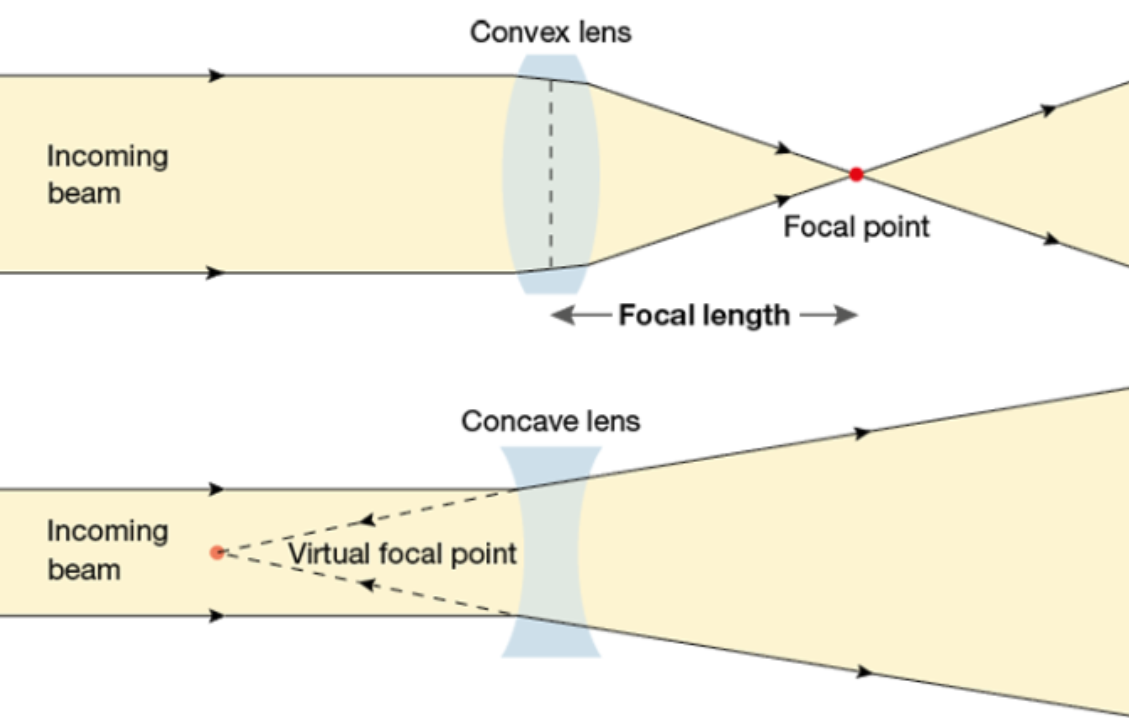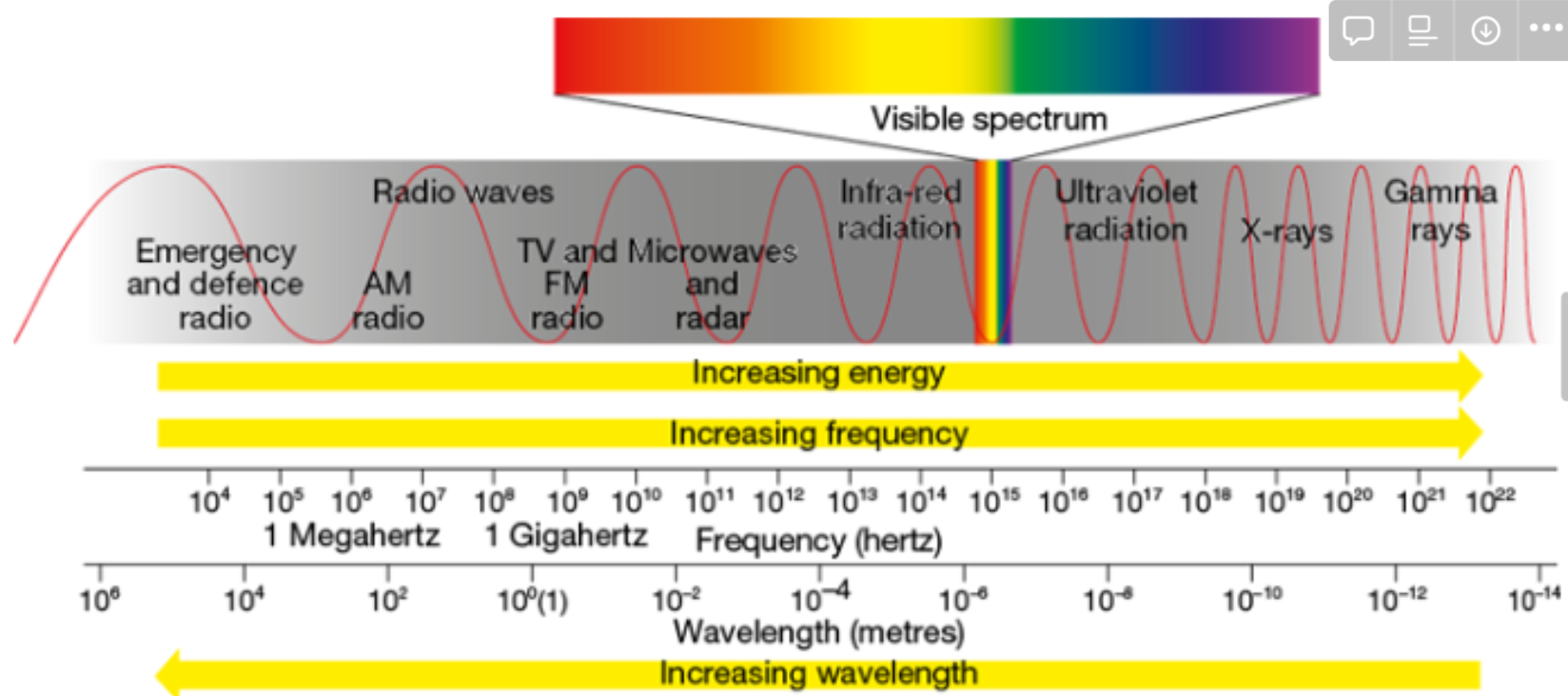science term 3 2024
The nervous and endocrine systems collaborate to regulate vital functions like heart rate, digestion, and metabolism. The circulatory and respiratory systems work in tandem to supply oxygen to cells and remove carbon dioxide. The immune system relies on the coordination with other systems to detect and respond to pathogens effectively. Disruption in this coordination can lead to imbalances, such as hormonal disorders or immune deficiencies, which can compromise overall health.
The endocrine system uses glands located throughout the body which secrete hormones that regulate a variety of bodily processes, such as metabolism, digestion, blood pressure and growth. While the endocrine system is not directly linked to the nervous system, the two interact in many ways. Some of the most important endocrine glands are found within the brain; these include the pineal gland, the hypothalamus and the pituitary gland.Located at the base of the forebrain is a tiny collection of neurons known as the hypothalamus. The hypothalamus links the nervous and endocrine systems. It is responsible for regulating an astonishing number of behaviours, such as sleep, hunger, thirst, sexual behaviour, and emotional and stress responses.The hypothalamus also controls the pituitary gland and the release of several different hormones.Other important glands found throughout the body include the thyroid, thymus and adrenal glands, and the pancreas, ovaries and testes. These glands are involved in regulating our metabolism, fight-or-flight responses and reproductive processes.HormonesHormones are chemical messengers sent by the endocrine system to communicate with other parts of the body. They are made by endocrine glands which secrete the hormones directly into the circulatory or lymphatic systems. The blood or lymph carries the hormones around the body, so hormones are transported to, and cause an effect in, a totally different part of the body to where they were made. The cells they affect are called target cells.Organisms are coordinated by many hormones and small amounts of these chemicals can have major effects.
HORMONES
You might think that slow responses are not very useful to a living thing but this would be incorrect. Many plants, for example, rely on change happening slowly. Their changes may be timed to coincide with the seasons or with periodic changes in soil quality or the amount of rainfall. Many animals rely on slow change to enable them to use the environmental conditions to their best advantage. Slow responses may also assist an organism by allowing it to grow or develop at an appropriate rate.
Many plants flower in spring because this will give them the best chance of being fertilised and reproducing. The flowers, however, have taken time and resources to develop – a slow change. Slow changes are usually controlled by chemicals released into the transport system of the organism. These chemicals are called hormones. In humans, hormones travel in the blood stream to the cells where they cause an effect. Human growth hormone and the sex hormones like oestrogen and testosterone are good examples.
Plants also secrete hormones. Plant hormones generally occur in much higher concentrations than animal hormones. Some plant hormones cause the plant to grow in size by stimulating the cells to get longer (cell elongation). Other hormones cause the plant to form buds, flowers or fruit. Still other plant hormones act to control or regulate the responses of the plant. Some of the different hormones found in plants and their effects are:
auxins – maintenance of cell wall, seasonal responses
cytokinins – cell division and multiplication, budding and flowering
gibberellins – cell elongation and growth (particularly in dwarf plants)
abscisic acid – inhibition of the action of auxins, gibberellins and cytokinins, and the stimulation of ripening, leaf fall and dormancy
ethylene – stimulation of ripening and flowering.
Manipulating the hormones of a plant may also be helpful to gardeners in speeding up a plant’s growth or encouraging a plant cutting to grow roots. Knowing about plant hormones may also help you keep your fruit fresh.
The master gland - The pituitary gland
The pituitary gland is the master gland in your body. It controls other endocrine glands. It is located in the brain. The pituitary gland releases a number of hormones that stimulate other endocrine glands. For example – the release of the hormone from the thyroid gland in your neck is controlled by a thyroid-stimulating hormone from the pituitary.
Growth and development
The pituitary gland also releases hormones which affect the reproductive organs. The pituitary gland acts in the following way:
• Before puberty: The main physical growth of a person is under the control of the pituitary gland which releases growth hormone. The growth hormone acts on bone and muscle cells and stimulates the body to make proteins and increase cell division.
Between 10 to 15 years after birth: The pituitary gland begins to release hormones which affect the reproductive organs. Major changes occur in the body due to the onset of puberty.
In males, the pituitary gland releases a hormone which then causes the testes to make sperm. Another hormone is released by the pituitary which acts on the testes to make a hormone called testosterone. Testosterone stimulates the growth of facial and body hair and is responsible for rapid muscle growth.
In females, one pituitary hormone leads to egg production in the ovaries and also the production of oestrogen. Oestrogen causes body hair to grow, the growth of fat cells under the skin and the development of breasts. Another hormone released by the pituitary gland acts on the ovaries and is responsible for the start of the menstrual cycle.
INFECTIOUS AND NON-INFECTIOUS DISEASES:
Non-infectious diseases are not transmissible i.e. cannot spread from one individual to another e.g. heart disease, diabetes
Lifestyle diseases can be caused from over/under eating, drinking alcohol smoking etc.
Genetic diseases are inherited from family.
Immunologic diseases are when the body’s defense system malfunctions
Cancer occurs when cell division is uncontrolled
Infectious diseases are those that can be spread between individuals and are caused by pathogens (infectious agents) e.g. common cold, food poisoning.
Microorganisms cause infectious diseases
Some may reproduce in large number that they destroy cells and tissues
Pathogens can vary in type and size, from large molecules to viruses, unicellular microorganisms, fungi and larger multicellular microparasites.
Lines of Defence:
The body has many mechanisms through which to fight off disease. But one of the best ways to reduce illness is to prevent pathogens from entering the body in the first place.
In general, the immune system can be broken down into three lines of defence.
The first line of defence - physical barriers such as skin and hair.
The second line of defence - non-specific white blood cells.
The third line of defence - the adaptive immune system
First Line of Defence
The first line of defence is composed of barriers to prevent the entry of unwanted pathogens. There are two main types of barriers - physical barriers and chemical barriers. Physical barriers: Skin, coughing, sneezing, cilia (small hairs inside respiratory tract) and nasal hairs. Chemical barriers: Body fluids such as saliva, tears, stomach acid, and acidic vaginal mucus.
Second Line of Defence
Occasionally, pathogens manage to break through the first line of defence. Under these circumstances, the body responds with inflammation and fever. Inflamed areas become red, warm, and swollen. Blood flow to the area is increased, and the blood vessels become more permeable. White blood cells are sent to the site of infection. One type of white blood cell is a phagocyte. These engulf and destroy/contain pathogens. Another example of a white blood cell involved is a neutrophil. Occasionally, pathogens manage to break through the first line of defence. Under these circumstances, the body responds with inflammation and fever. Fever is where the body raises its temperature in order to destroy invading pathogens. The normal body temperature is 37 degrees. Anything above 37.8 degrees is considered a fever and can be dangerous if it goes higher/lasts for a long time, especially for young children.
Third Line of Defence
Sometimes, pathogens can overcome the first and second line of defence. When this happens, the body undergoes the immune response. In this case, there are special white blood cells called lymphocytes involved. Any foreign particle that causes an immune response is known as an antigen. There are two types of lymphocytes; B lymphocytes and T lymphocytes When an antigen invades the body, lymphocytes begin to divide and act to destroy/remove the antigen.
HOMEOSTASIS AND ITS FEEDBACK LOOP
HOMEOSTASIS is when the body maintains a stable internal environment
Coordination of body systems is crucial for maintaining overall health and sustaining life.
Body systems (nervous, endocrine, respiratory, circulatory, digestive) have specific roles but are interconnected.
Systems work together to maintain homeostasis, ensuring a stable internal environment.
Nervous and endocrine systems regulate blood sugar through insulin and glucagon, providing cells with energy.
This coordination prevents conditions like hyperglycemia and hypoglycemia, which can disrupt body function.
INSULIN helps decrease blood glucose when blood glucose levels are high
causes muscle and fat cells to take in glucose
the pancreas releases insulin
promotes production of glycogen in liver
promotes uptake of glucose through cells in a transporter
GLUCAGON increases blood glucose when blood glucose levels are low.
the liver breaks down glucagon into glucose
the pancreas releases glucagon
promotes hydrolysis of glycogen
STIMULUS (usually consumption of carbohydrates): blood glucose level rises→ beta cells in pancreas releases insulin → liver takes up the glucose and stores as glycogen → blood glucose levels decline (90mg/100mL)
STIMULUS (not enough consumption of carbohydrates): blood glucose level falls → alpha cells in pancreas release glucagon → liver breaks down glycogen and releases glucose → blood glucose level rises (90mg/100mL)
TYPE 1 DIABETES
Causes:
immune system mistakenly attacks and destroys the insulin-producing beta cells in the pancreas
leads to little or no insulin production
autoimmune disease
in Type 2 diabetes, affected insulin allows glucose to build up in the bloodstream rather than be utilized by each cell, which, together with inadequate insulin production, leads to high blood glucose levels
Other stuff:
deficient insulin production
genetic + environmental factors
blood glucose level imbalance may lead to a hypoglycemic episode
around 15% of cases have a defective pancreas
lead to damage of livers and glucose in urine
Symptoms:
Being excessively thirsty
Passing more urine
Feeling tired and lethargic
Always feeling hungry
Having cuts that heal slowly
Itching, skin infections
Blurred vision
Unexplained weight loss
Mood swings
Headaches
Feeling dizzy
Leg cramps
Treatments:
require regular insulin injections
glucose monitoring
counting carbohydrates
pancreas/inlet cell transplant
TYPE 2 DIABETES
Causes:
body becomes resistant to insulin due to too much body fat (insulin resistance)
family history of diabetes
combined with inadequate insulin production from pancreas
blood glucose levels are chronically high → cells stop responding to insulin → pancreas becomes unable to make insulin → high glucose levels cause damage to organs
Other stuff:
The condition has strong genetic and family-related (non-modifiable) risk factors and is also often associated with modifiable risk factors
occurs in people over 45
Treatment:
exercise programs, special diets and insulin injections
reducing carbs in diet
Weight loss, exercise
monitoring BGLS
metformin (Metformin helps the insulin your body makes, and supplemental insulin, work effectively. It helps reduce insulin resistance. Metformin also reduces the amount of stored glucose released from your liver.)
dpp-4 inhibitors
PREVALENCE OF DIABETES
In 2021:
an estimated 1 in 20 (5.1% or just over 1.3 million) Australians were living with diagnosed diabetes (prevalence). This includes people with type 1 diabetes, type 2 diabetes and other diabetes, but excludes gestational diabetes
almost 1 in 5 Australians (19%) aged 80–84 were living with diabetes – almost 30 times as high as for those aged under 40 (0.7%)
diabetes was 1.3 times as common in males compared with females, after controlling for age.
Between 2000 and 2021, the number of people living with diabetes in Australia increased almost 2.8-fold, from 460,000 to 1.3 million.
After controlling for age, diabetes prevalence rates have remained relatively stable since 2011 for both males and females (Figure 1).
TYPE 1:
Around 58,600 people were newly diagnosed with type 1 diabetes between 2000 and 2021 according to the National (insulin-treated) Diabetes Register (NDR).
This was around 2,700 new cases of type 1 diabetes each year – an average of 7 newly diagnosed people a day.
There were 3,000 people newly diagnosed (incidence) with type 1 diabetes in Australia in 2021, equating to 12 diagnoses per 100,000 population.
around 13,200 children and young adults aged 0–19 were living with type 1 diabetes in 2021
the prevalence of type 1 diabetes was similar among males and females
the majority (81%) of children and young adults with type 1 diabetes were aged 10–19
the type 1 diabetes prevalence rate was around 15 times as high in children and young adults aged 15–19 as those aged 0–4 (416 and 27 per 100,000 population, respectively) (Figure 1).
Aboriginal and Torres Strait Islander people
In 2021, there were 587 Aboriginal and Torres Strait Islander children and young adults aged 0–19 living with type 1 diabetes (158 per 100,000 population). After adjusting for differences in the age structure of the populations, Indigenous children and young adults were around 21% less likely to be living with type 1 diabetes as their non-Indigenous counterparts (Figure 3). There were 151 Aboriginal and Torres Strait Islander people newly diagnosed with type 1 diabetes in 2021 (17 per 100,000 population). Age-standardized incidence rates were 1.3 times as high among Indigenous males compared with Indigenous females.
Remoteness area
There was no clear pattern between the prevalence of type 1 diabetes among children and young adults and remoteness area in 2021. Overall, rates were highest in Inner regional and lowest in Remote and very remote areas (Figure 3).
Socioeconomic area
The prevalence of type 1 diabetes among children and young adults varied across socioeconomic areas in 2021, with rates being 1.2 times as high among the most disadvantaged areas compared with the least disadvantaged areas (Figure 3).
TYPE 2:
Makes up 85-90% of diabetes cases
Over 1.3 million Australians diagnosed between 2000-2021 (5.3%)
Prevalence has increased FROM 3.3% in 2001 to 5.3% in 2022
Approx. 165 people diagnosed per day
45700 people diagnosed in 2021
Males are 1.3 times more likely
3.1% aged less than 40
59% aged 60 and over
Born overseas were more likely than those born in Australia to have diabetes (6.7% compared to 4.7%)
Living in areas of most disadvantage were more likely than those living in areas of least disadvantage to have diabetes (8.6% compared to 3.1%)
Living with disability were more likely than those with no disability to have diabetes (10.8% compared to 2.8%)
Living in lone person households were more likely to have diabetes than people living in any other household type (11.3%).
Aboriginal and Torres-Strait Islander Peoples:
Estimated 10.7% of adults aged 18+ (51900 people) were diagnosed with diabetes.
They are 2.9 more times likely to get type 2 diabetes than non-indigenous adults.
Around 2000 were diagnosed in 2021
Highest among Indigenous males aged 65-69
Remoteness areas:
1.4-1.5 times higher than people living in cities and inner regional areas. 1.1-1.2 times higher in 2021
Socioeconomic areas:
In 2021, the prevalence of type 2 diabetes (based on linked NDSS and APEG data) increased with the level of socioeconomic disadvantage. Age-standardized rates were almost twice as high among those living in the lowest socioeconomic areas as in the highest socioeconomic areas. This disparity was more evident among females than males (2.1 and 1.7 times as high, respectively). Rates were around 2.0 times as high among those living in the lowest socioeconomic areas as in the highest socioeconomic areas
Importance of diet, exercise and technology for diabetes:
Consuming foods with a low glycemic index can prevent spikes in blood glucose
Maintaining a healthy weight may improve insulin sensitivity
Exercise can lower blood glucose levels by increasing glucose uptake by muscles
Exercise can improve heart health and reduce cholesterol levels
CGM provides real time data on blood glucose levels, alerts users of blood glucose is too high or low
Insulin pumps offer insulin delivery daily, mimicking the body’s natural insulin release
Developing individual diet plans
Avoiding alcohol as it increases the risk of hypoglycaemia
Previous study has shown that an exercise intervention of at least 8 weeks can lead to an average reduction of 0.66% in HbA1c levels in individuals with type 2 diabetes mellitus
THE UNIVERSE
1 movement of heat energy
explain processes underlying convection and conduction of heat energy and identify situations where waves transfer energy (eg radiation)
light and sound are convert-able forms of energy
light energy can be converted to other forms with photosynthesis and solar panels
sound energy can be transformed into electric energy via microphones
thermal energy (aka heat) is transferred from a region of high temperature to a region of cold temperature through either conduction, convection, or radiation.
conduction is mainly in solids
convection is mainly through liquids and gases
radiation can be anywhere, even in a vacuum
conduction
heat travels when fast moving particles vibrate against some more particles which vibrate against more particles, etc.
can go through objects or from one to another e.g. cooktop to saucepan
heat can travel by conduction at different speeds, depending on the type of material and state of matter
gases are poor, liquids are okay, and solids are the fastest
metals are generally better conductors than
2 waves and energy
sound and light travel as waves which transfer or propagate energy
two types of waves:
transverse waves e.g. water waves. the medium or material carrying the wave oscillates up and down perpendicular to the direction of the energy transfer. they consist of a series of crests and troughs.
longitudinal waves aka compression waves e.g. sound waves. the particles move parallel to the propagation of the wave. contains compressions and rarefactions.
wavelength = distance between two adjacent crests.
amplitude = maximum distance that each particle moves away from its resting/equilibrium position. determines loudness.
period = the time it takes from one complete wave to pass a given point (in secs)
frequency = number of complete waves that pass a point in one sec. measured in waves/second, or Hertz (Hz). determines pitch. the higher, the closer together—and vice versa.
speed = horizontal speed of a point on a wave as it propagates itself, in meters/second
also compression waves, e.g. sound waves. outcome three goes into more detail on this.
3 sound energy
it’s carried as compression waves. sound is essentially just air particles being pushed together then spread apart, bumping into each other and creating a series of compressions and rarefactions.
sound can’t travel through empty space, because there are no particles to vibrate, unlike light.
Hertz (Hz) are named after Heinrich Hertz, the German physicist who first detected radio waves in 1887.
sound waves travel faster in mediums whose particles are closer together - so solid, then water, then air
air = 343
sea water = 1533
rubber = 1600
copper = 3560
iron = 5130
diamond = 12 000
dolphins send out high frequency sound (ultrasound) to locate food and communicate.
sound moves faster in warm air due to the particles having more kinetic energy, moving quicker.
sound with frequencies higher than humans can hear is called ultrasound.
e.g. sending a sound wave through a mother’s body, some sound is reflected back from the baby, and can be translated into an image.
sonar is another word for ultrasound along the ocean floor.
a cathode ray oscilloscope converts sound energy into electrical energy, allowing it to be studied. it uses air pressure changes to detect it, and produces a graph called a waveform.
the decibel (dB) scale measures the loudness of sound. it increases by powers of 10 per 10dB; if 0dB is the quietest audible sound, 30 dB is 10^3 (1000) times that, and 40 is 10 000 times that.
any sound above 85 dB can cause hearing loss. you know it’s above this if you have to raise your voice to be heard by someone else.
4 properties of light
describe the occurrence and some applications of absorption, reflection, and refraction in everyday situations
light is an electromagnetic wave. it’s transverse.
electromagnetic waves can travel through a vacuum and travel through air at 300 000 kilometers per second.
the line used to show the path light takes are called rays.
individual light rays aren’t visible, but can be seen when the light is scattered through a material, e.g. car headlights on a foggy night, or party lights through smoke.
light reflection from curved mirrors - they can be concave (curved inwards) or convex (curved outwards). parallel rays of light are reflected to a focal point; this is outside the mirror for concave, and inside it for convex.
transparent = object on the other side visible translucent = light scattered so much object is not clearly visible opaque = can’t see it at all

light normally goes in straight lines. light can be made to bend by passing it through different transparent media, called refraction—the change in the speed of light when it moves from one substance to another.

refraction:

convex versus concave lenses:

convex are called converging lenses because the light rays are refracted towards each other. concave are called diverging lenses because the rays are refracted away from each other. observed in the diagram
dispersion = separation of colours that make up white light; each one is bent out differently when entering or leaving a glass prism.
each colour is a slightly different speed, so is refracted at a slightly different angle.
the colour of an object depends on which parts of the spectrum are reflected off it towards your eyes. e.g. a red surface absorbs all colours but red.
the brain only has three colour sensitive cells—blue, green, and red. colours are just mixes of those. colours that are equal mixes of these colours are called secondary colours, i.e. yellow, magenta, cyan.
5 electromagnetic spectrum
relate the properties of different types of radiation in the electromagnetic spectrum to their uses in everyday life, including communications technology
the frequency of electromagnetic waves is the number of pulses of electric/magnetic fields generated per second.

gamma waves: radioactive x-rays: medical uses ultraviolet: sunburns you visible spectrum: thank god you’re not blind! infrared: heat maps microwaves: heat your food. satellites. radio waves: transfer information. thank god for mobile data.